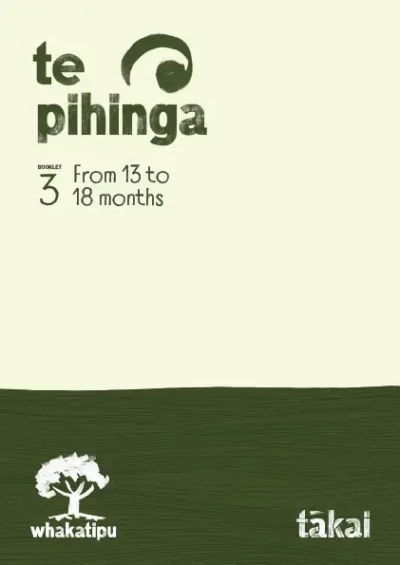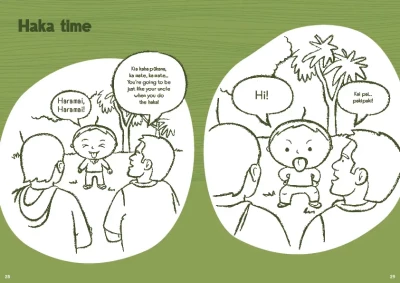
Kapa haka
Kapa haka is a great way to build relationships, keep active, and be immersed in waiata, mōteatea and te reo Māori. Joining or supporting a kapa haka group is good for the whole whānau including pēpi.
The history of kapa haka
Māori legend tells us that the sun god Rā had two wives: Hineraumati, who was the maiden of summer, and Hinetakurua, the maiden of winter. Rā and Hineraumati had a son called Tānerore who became the god of haka and performing arts.
During the 19th century, missionaries tried to stop the use of haka and encouraged Māori to sing hymns and European songs instead. So it’s amazing that New Zealand haka, especially Ka Mate, is now known all over the world.
Kapa haka today
Today our tamariki have many opportunities to learn and perform kapa haka at kōhanga and kura. They may join in with other whānau members who are involved in kapa haka.
Kapa haka has evolved to become well known globally and includes national festivals such as Te Matatini and many regional festivals.
The name Te Matatini was given by Professor Wharehuia Milroy and refers to the ‘many faces’ who bring kapa haka to life. These ‘many faces’ are performers, tutors, composers, volunteers, organisers, trainers and cooks, all supporting as the kapa haka whānau, inspiring participation and the continuation of Māori performing arts across Aotearoa.
There are now national qualifications in kapa haka approved by the New Zealand Qualifications Authority – the National Certificate in Māori Performing Arts (Performance) and the National Diploma in Māori Performing Arts (Tutoring).
Something for everyone
Modern kapa haka groups often include a wide variety of carefully choreographed performances that involve waiata, dance, instruments and other performance items. They may include:
- waiata-ā-ringa – action songs
- pou or mōteatea – traditional singing
- waiata tira – choral pieces
- poi – songs using poi in a variety of ways
- tītī tōrea – synchronised manipulation of sticks
- musical instruments – guitar, pūtaratara , kōauau , and pūtōrino
- the beats of poi, rākau and takahia (stamping).
A fun way for kids to learn
Whānau can learn a haka with their pēpi, and it can be surprising what tamariki have already picked up. Even quite small children can enjoy joining in a haka – they may copy what they see on television or at a kapa haka performance.
Kapa haka is a great way to strengthen a child's brain and body, as well as giving them huge enjoyment. They’ll learn to sing, copy movements, keep a beat, use te reo Māori and listen to others. Haka can help with coordination, rhythm, counting, being part of a group and following instructions. It can also be for pure enjoyment.
 pdf 11 MB
pdf 11 MB












